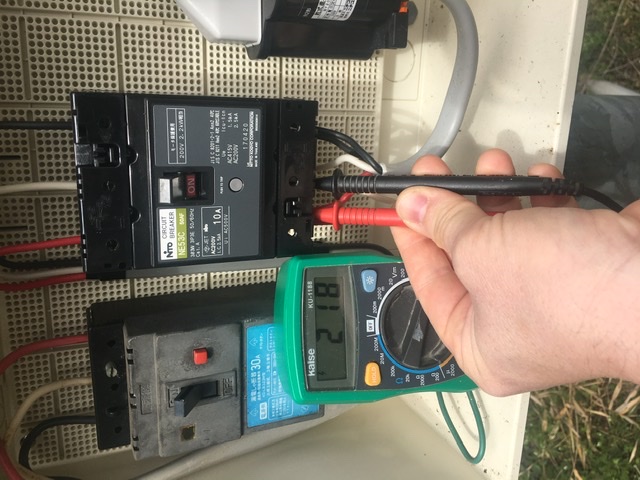Trying to install an American oven in Japan and I could use some help on the electrical side.
I have 200v single phase as well as 200v 3-phase in open-delta configuration, both in 60 hz
The oven specs say I need either 208v three phase or 240v.
The oven draws 4000w and the microwave 1600w.
I’m trying to decide what would be more appropriate.
A) hook it up to 3-phase 200v as-is. If I’m not mistaken appliances are permitted a 10% variance in either direction. 208v to 200v is less than 3%. Am I right or when using three phase does the 10% variance rule not apply?
B) Buy two of these: https://www.larsonelectronics.com/product/265090/1-phase-buck-boost-step-up-transformer-100v-primary-120v-secondary-31-25-amps-50-60hz
If I use these buck transformers, however, do I have to worry about this: “buck transformers do NOT generate even legs of voltage on the secondary side.” I’m no expert but this seems more important for electronics than it would for heating elements, although I might be wrong.
Any and all help/advice is sincerely appreciated.
Best,
Jay
Edit: So, I just brought my multimeter outside and took so pictures for extra clarification. This junction box has a puny 10amp breaker because it only for my well pump. So my plan would be to have a dedicated line run by an electrician solely for the oven. 



